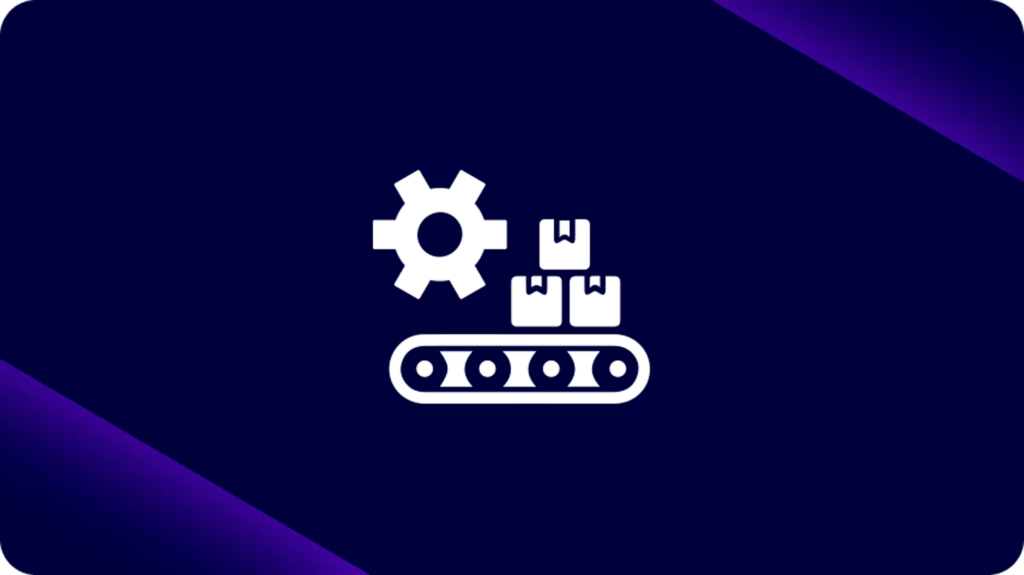fevereiro 16, 2023
A experiência do cliente é a chave para desbloquear lucros no setor varejista. Embora manter os consumidores satisfeitos com sua marca sempre tenha sido uma prioridade para organizações de varejo, sua importância atingiu níveis sem precedentes.
À medida que as incertezas econômicas persistem ao redor do mundo, a capacidade de oferecer a experiência ideal que os consumidores esperam em troca de sua fidelidade tornou-se uma questão de sobrevivência para muitas empresas. Então, como otimizar a experiência do cliente – e qual é o papel da TI no varejo?

>> Agende uma demonstração personalizada com nossa equipe de especialistas e veja como o iPaaS da Digibee trará eficiência ao seu negócio.
Examinando o cenário de tecnologia de varejo
A tecnologia é, ao mesmo tempo, o ativo mais poderoso e o maior desafio dos varejistas. Marcas estabelecidas enfrentam uma nova concorrência de nativos digitais que estão transformando os modelos de negócios tradicionais com opções diretas ao consumidor. Os avanços tecnológicos em diversos aspectos da vida dos consumidores levaram a uma demanda por serviços personalizados, respostas rápidas e experiências adaptadas às necessidades e interesses individuais.
2022 foi um ano de transformação digital para muitas marcas de varejo, e 2023 promete seguir o mesmo caminho , com as empresas adotando:
- Opções de compra “clique e retire”
- Personalização baseada em dados
- Comércio omnichannel
- Inteligência artificial e realidade virtual
- Conexões com marketplaces externos
- Tecnologias emergentes como NFTs e o metaverso
A tecnologia digital e o varejo tornaram-se inseparáveis. As marcas precisam adotar ferramentas que aumentem a eficiência e a personalização para encontrar os clientes onde eles estão – ou se resignar à obsolescência.
3 etapas para melhorar a experiência de compra do cliente
A lista de tendências e avanços em tecnologia no varejo pode parecer intimidadora. Se a sua marca ainda está lutando para equilibrar o atendimento presencial com o comércio eletrônico e compras sociais, como será possível aproveitar a realidade virtual ou o metaverso?
Uma etapa de cada vez, é assim que se faz. Independentemente de onde sua marca está atualmente no espectro entre o varejo físico tradicional e o totalmente virtual, aqui estão três etapas-chave para ajudá-lo a oferecer a experiência de varejo que seus clientes exigem.
1. Modernize sua arquitetura
Identifique onde e como a arquitetura de TI está impedindo sua capacidade de aproveitar novas ferramentas e tendências. Seus dados ainda estão presos em silos que impedem as equipes físicas de entender como os consumidores interagem online? Esse é um obstáculo significativo que precisa ser superado. Garantir que todos os seus sistemas estejam conectados e se comunicando – a migração para ferramentas e aplicações baseadas em nuvem pode apoiar isso – tem um impacto significativo na experiência do cliente que você entrega.
|
A GJP Hotels & Resorts percebeu que havia um problema quando as reclamações dos clientes sobre o longo processo de check-in aumentaram. A experiência negativa estava ameaçando o futuro da empresa – e eles tomaram uma ação. A empresa utilizou a plataforma da Digibee para integrar suas ferramentas e sistemas de gestão de propriedades existentes com portais digitais de autoatendimento, o que reduziu o tempo de espera dos clientes em 80% e as reclamações em 100% no primeiro ano de implantação. |
2. Capacite sua equipe
Talvez você já tenha começado a acessar novas soluções de TI para o varejo. Mas as novas ferramentas frequentemente vêm com requisitos adicionais de implantação e manutenção. Você depende de um fornecedor externo para ajudá-lo a acompanhar os nativos digitais? Ou a corrida para combinar tecnologia digital e varejo está colocando uma carga adicional sobre a sua já sobrecarregada equipe de desenvolvimento?
Em TI, a escassez de talentos , que se desenvolveu após a pandemia, provavelmente vai persistir, portanto, uma parte crucial da otimização da experiência do cliente (CX) é garantir que sua organização consiga acompanhar as novas tendências e mudanças no mercado.
- Capacite seus desenvolvedores com ferramentas que permitam implantar e manter integrações e o conhecimento de dados internamente.
- Adote uma infraestrutura de TI que ofereça a agilidade e flexibilidade para aproveitar novas oportunidades.
- Reveja estratégias e soluções que o deixem dependente de talentos difíceis de encontrar, que você pode não ter sempre.
3. Simplifique seus sistemas
Há uma razão pela qual o princípio K.I.S.S. (Keep It Simple, Stupid) é tão onipresente. A mudança para uma solução de comércio totalmente integrada não precisa ser complexa ou cara. Ferramentas e plataformas low-code ou sem código facilitam a criação e implantação das aplicações e integrações necessárias para manter os sistemas conectados e os clientes satisfeitos.
|
A Payless reconheceu a necessidade de integrar seus ecommerces e lojas físicas para oferecer uma experiência consistente ao cliente, mas enfrentou desafios com as exigências legais e fiscais discrepantes nos 15 países onde tinha lojas. Eles buscaram a Digibee por uma solução de integração segura, confiável e capaz de escalar para acomodar os picos de vendas sazonais. A Digibee entregou uma solução de ecommerce completamente segura, abrangendo 200 lojas em 15 países em menos de 30 dias. |
Deixe a Digibee impulsionar suas soluções de TI de varejo
A iPaaS corporativa da Digibee é uma solução de integração de baixo código para o ciclo completo, que permite que as marcas adotem as soluções de TI para o varejo necessárias para competir. Independentemente do nível de maturidade de TI atual da sua organização, podemos ajudá-lo a modernizar soluções legadas e integrar sistemas para aproveitar todas as ferramentas digitais mais recentes.
Baixe uma cópia gratuita de Fully Integrated Commerce for the Modern Retailer para saber como a iPaaS corporativa da Digibee pode melhorar a experiência do cliente no varejo, tanto online quanto presencial, ou agende uma demonstração personalizada para ver nossa solução em ação.









